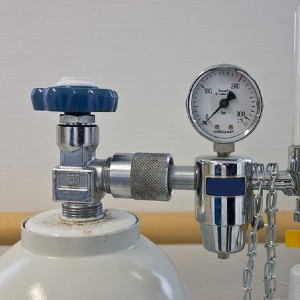 Smart Citations
Smart CitationsSee how this article has been cited at scite.ai
scite shows how a scientific paper has been cited by providing the context of the citation, a classification describing whether it supports, mentions, or contrasts the cited claim, and a label indicating in which section the citation was made.
Hypocapnia as a predictor of the need for non-invasive mechanical ventilation in subjects with SARS-CoV-2 related pneumonia
Background: SARS-CoV-2 related pneumonia is characterized by moderate-to severe hypoxemia often associated with hypocapnia the prognostic role of which is poorely documented.
Aims: evaluate if hypocapnia can predict the need for non-invasive mechanical ventilation (NIMV) in this setting.
Materials and methods: we prospectively studied 52 subjects with moderate-severe SARS-CoV-2 related pneumonia. All the following data were collected at admission to the Emergency Department and processed by univariate and multivariate analysis: clinical and laboratory data, blood gas analysis in room air and lung ultrasound.
Results: 33/52 subjects (63,4%) underwent NIMV. At univariate analysis PaCO2 was inversely associated to the need for NIMV (OR 0,82, CI 95% 0,689-0,976, p .025). At multivariate analysis PaCO2 predicted the need for NIMV independently from age, gender, number of comorbidities, d-dimer, CRP, PaO2 and LUS SCORE (OR 0,838, CI 95% 0,710-0,988, p .035).
Conclusions: our data suggest that hypocapnia could be an early predictor of clinical worsening in these patients independently from other known predictors of unfavourable outcome, reflecting the occurrence of a deep and frequent respiratory pattern possibly related to the generation of excessive transpulmonary pressure swings leading to a self-induced lung injury (P-SILI). Further studies are needed for validating these data on greater populations.
Downloads
Citations
10.4081/ecj.2024.12152
How to Cite

This work is licensed under a Creative Commons Attribution-NonCommercial 4.0 International License.
PAGEPress has chosen to apply the Creative Commons Attribution NonCommercial 4.0 International License (CC BY-NC 4.0) to all manuscripts to be published.

 https://doi.org/10.4081/ecj.2023.11237
https://doi.org/10.4081/ecj.2023.11237




